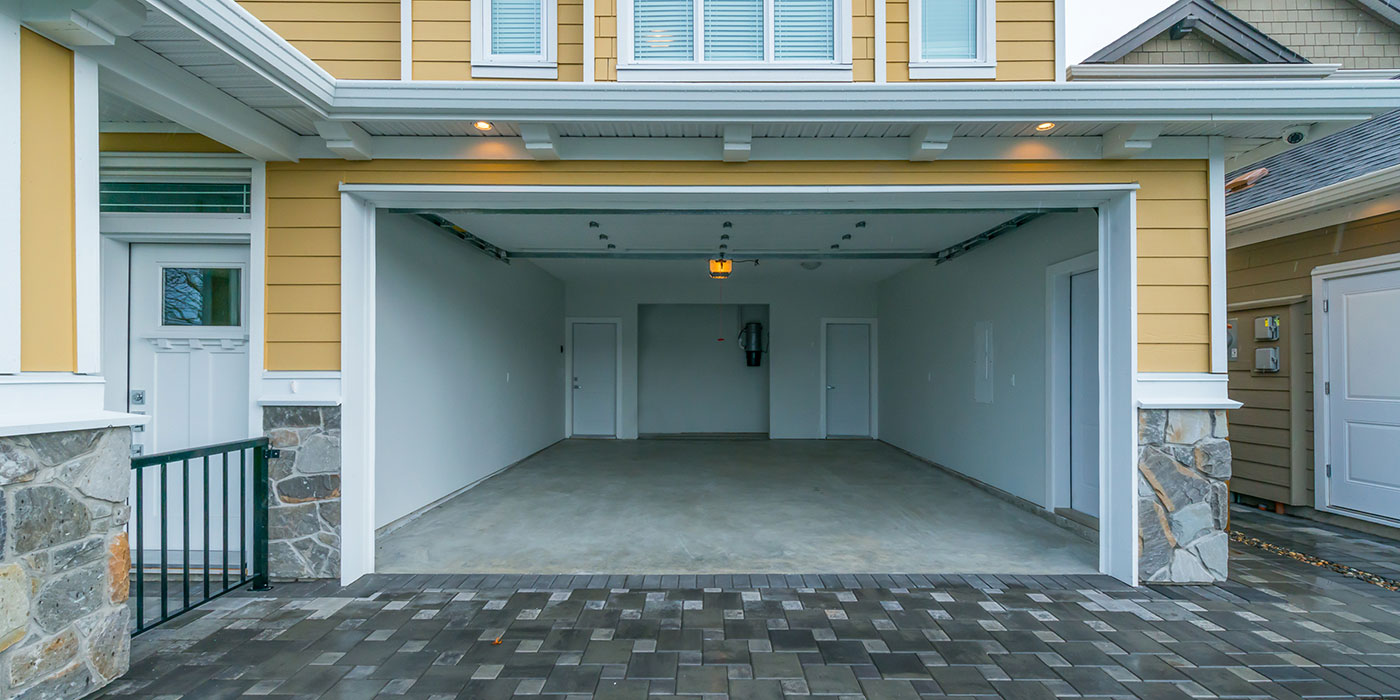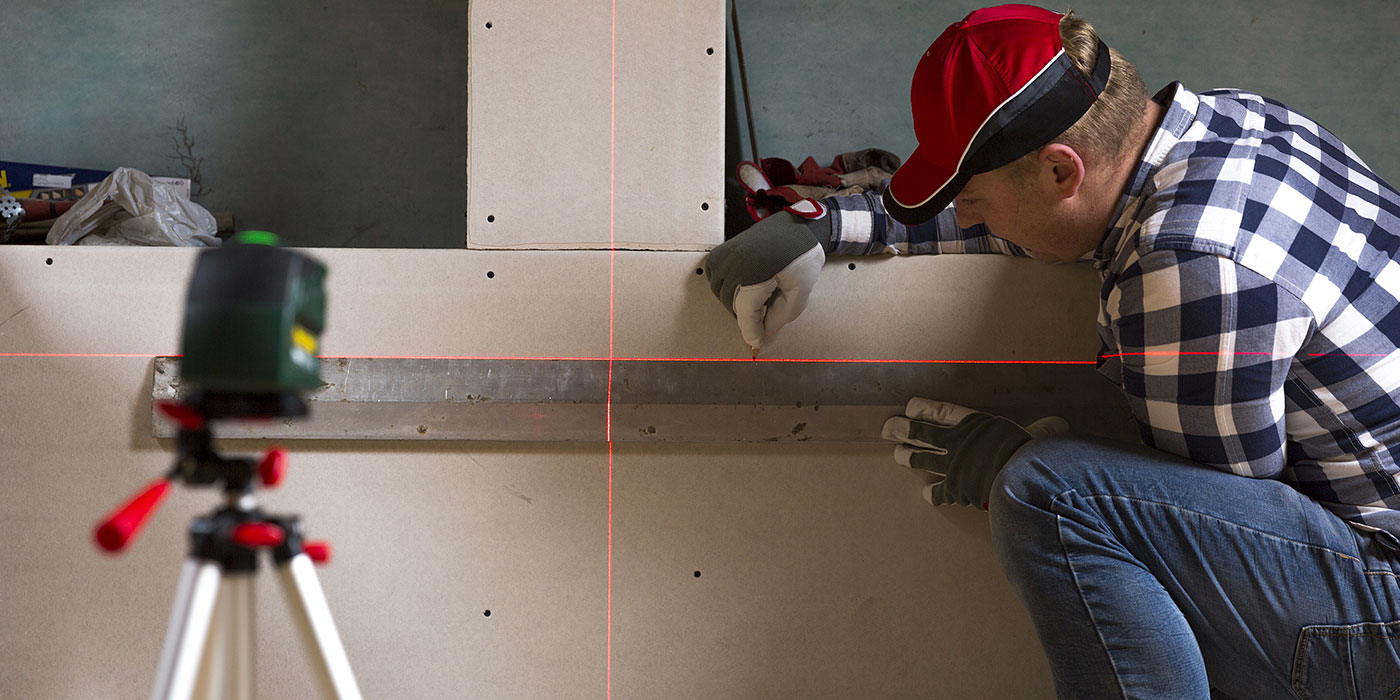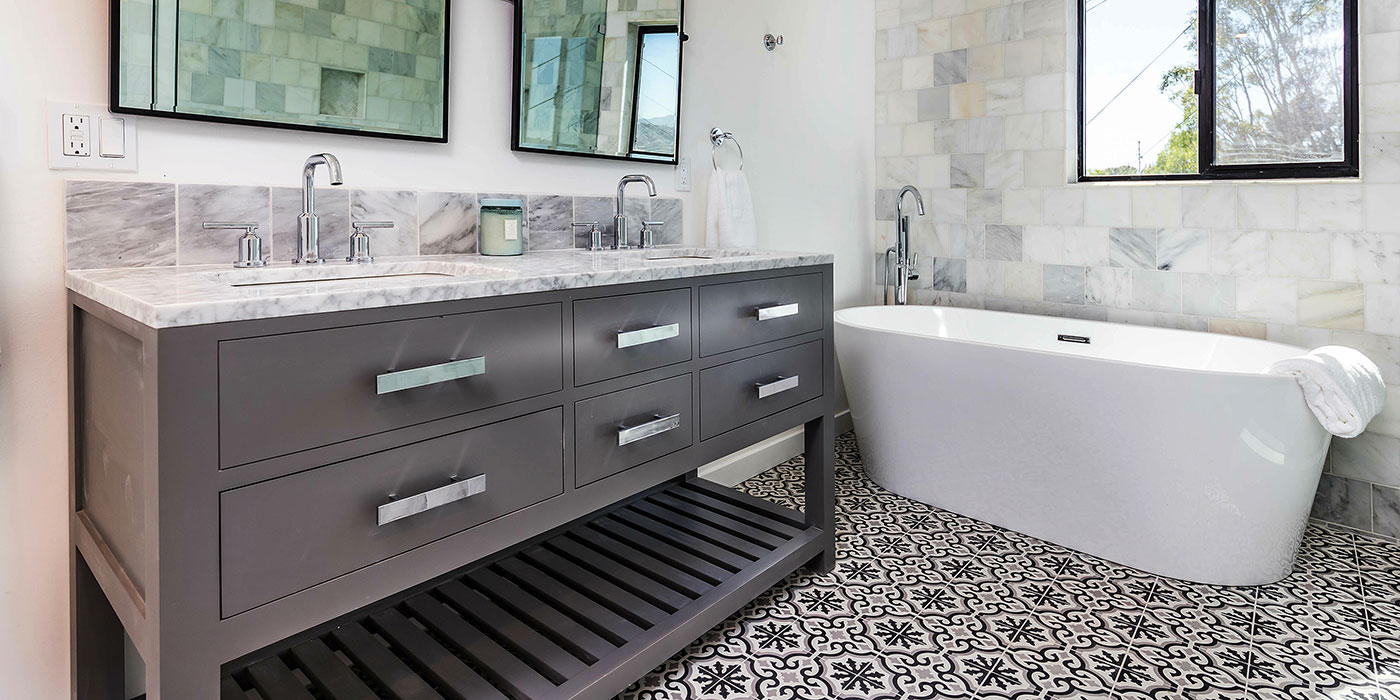When the temperature dips below freezing, uninsulated plumbing pipes on exterior walls can freeze and often burst. The resulting flood could cost thousands of dollars in water damage to flooring and the structure of your home.
The longer the pipe is allowed to leak, the more catastrophic the damage, so it is important to immediately shut the water off at the main valve where the water enters the house. You may also have to shut off the electricity as well, depending on where the leak occurs and how big it is.
After you’ve shut the water off, open a faucet to relieve any remaining water pressure in the pipes. To stop small leaks, there are specialized products like plumbers putty or waterproof flexible tape you can apply directly on the broken pipe. These are a temporary fix until the pipe can be replaced.
If you aren’t comfortable repairing broken pipes, you should call a licensed plumber at this point and arrange a emergency home visit. Next, use a mop, bucket or shopvac to clean up the flooded water as quickly as you can. Set up fans and a dehumidifier to thoroughly dry out every surface before mold can form.
If you suspect a frozen pipe
When pipes start to freeze, water from the faucet will flow slower and the pipes will feel very cold or even show signs of frost. Keep water moving through the pipes by allowing a small trickle of water to run. A small amount of running water can prevent the pipe from completely freezing. Use a hair dryer to blow warm air on the pipe beginning at the faucet and work your way down. You can also use a heating pad directly on the pipe or place a space heater near by to warm up the immediate area. Do not use anything with an open flame. Check all faucets in your home to see if you have more than one frozen pipe. If you are unable to thaw the pipe or if the frozen area is unaccessible, call a licensed plumber.
Prevention
There is less of a chance of water pipes freezing in a well-insulated home so it’s important to seal all cracks to prevent cold air from entering your home. Shut off and drain inside water lines that supply outdoor faucets and leave the faucet open so remaining water can freely expand. Don’t let the inside temperature of your home dip below 13 degrees celcius. If pipes run through cabinets or vanities, open the doors to let warmer air flow in from the room. Wrap exposed pipes with pipe insulation.



